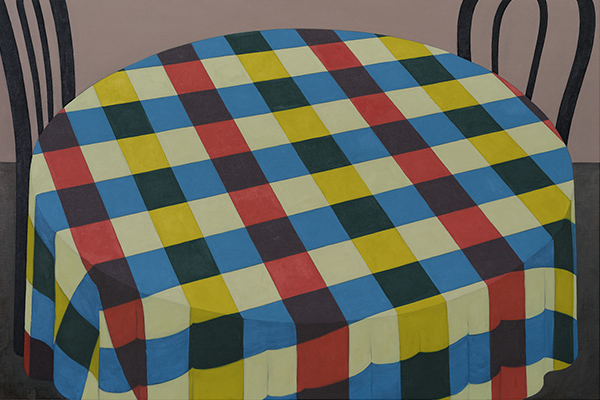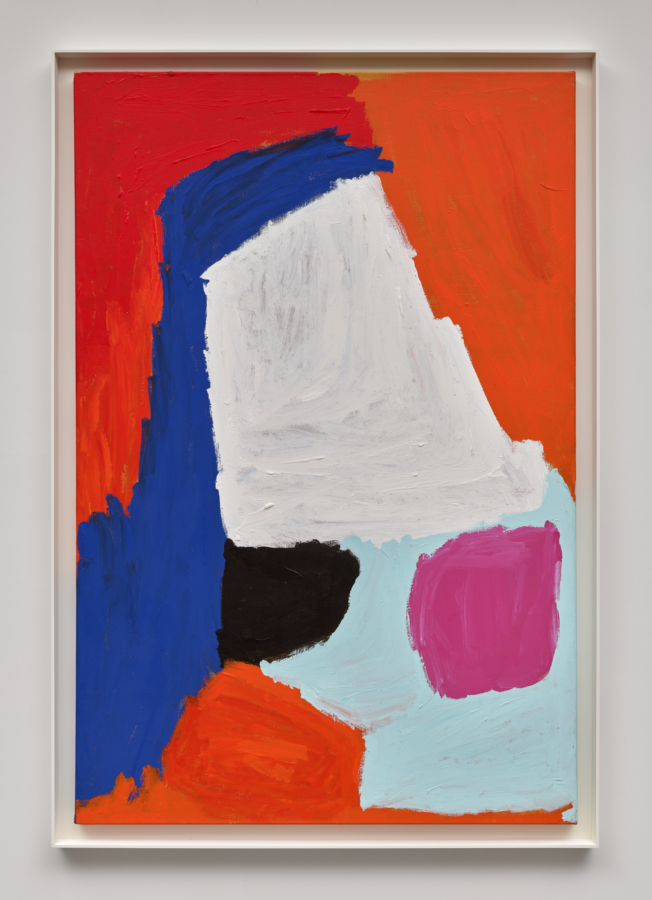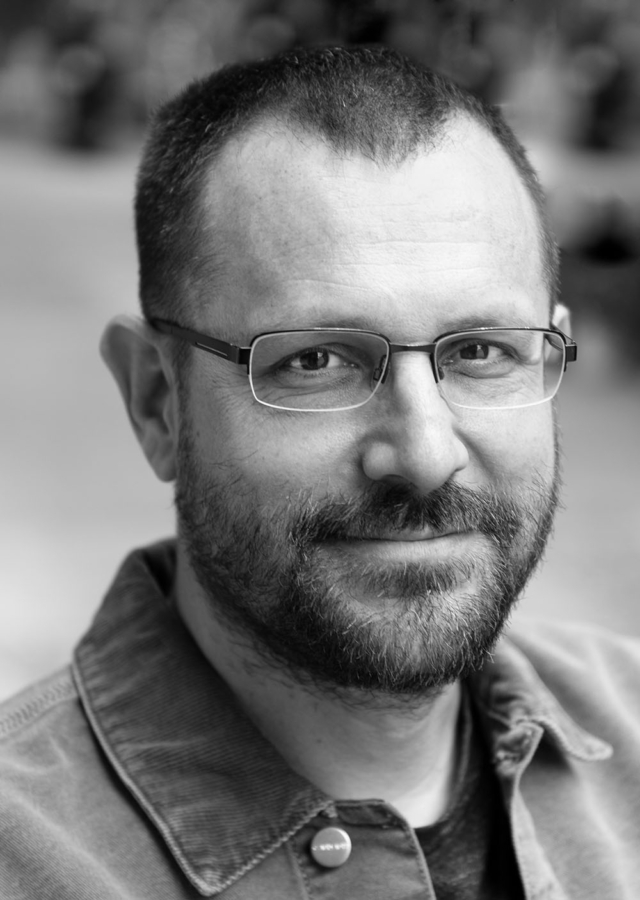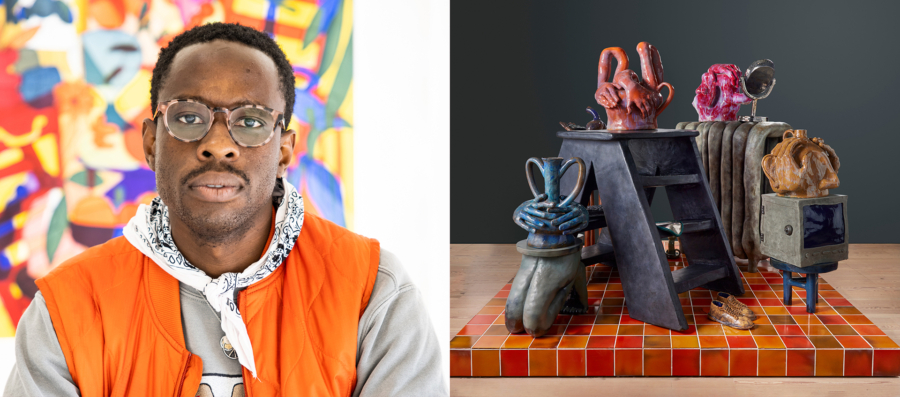Catalogue 140, Galerie Thomas, 2020.
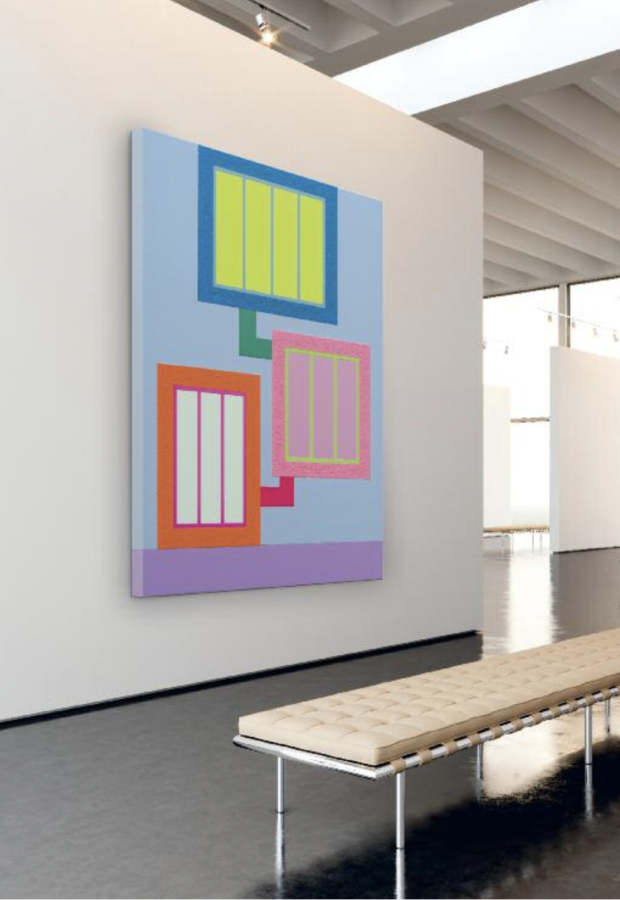
The Trap
acrylic, fluorescent acrylic and Roll-A-Tex on canvas
2019
204 × 158 × 10 cm
80 × 62 × 4 in.
verso signed and dated
Provenance
– Studio of the artist
Peter Halley first came to fame in the mid-1980s with his diagrammatic depictions of geometric ‘cells’ and ‘prisons’ in bold colors and contrasts.
Distinctive in their formal appearance, Halley’s works were initially placed in a context of Constructivism, color field painting, and Neo-geo. This categorization is both correct and incorrect, since Halley’s artistic approach, which he has also accompanied with theoretical writings, was from the outset a clear and intelligent critique of the tradition of geometric and Constructivist painting into which he was first placed. In his work, Halley explores geometric patterns, colors, and surface structures, as well as their organization, and thus examines the structures of modern technological orders of communication systems, architectures, supply infrastructures, and digital circuit diagrams of computer-controlled processes and the like. The predominance of technical and later digital layouts in frames and layers is visible in all his works.
The elements of Peter Halley’s iconography, as well as his principles of color composition, were already carried out and formulated in hermetic strictness in his early work and has been continued and elaborated since. The pictorial elements, at first glance nothing more than geometric shapes and color fields, are essentially the cell (rectangular, sharply defined areas), the conduit (narrow strips of color running at right angles that connect the other elements or, as here, run under or next to them), and prisons (rectangular color fields subdivided with vertical stripes like bars). They are basic elements of a circuit diagram of modern life and its schematic relationships, in which the individuals are integrated – indeed, because they are ‘prisons’ and ‘cells’, trapped.
These iconographic elements are augmented with Halley’s specific color combinations, including industrial fluorescent ‘Day Glo’ paints from the advertising industry and prefabricated relief-like ‘Roll-A-Tex’ paints that simulate the easy-to-maintain, rough wallpapers found in large apartment blocks. To Halley, both are typical surfaces of the standardized world.
This contrast between the coldness of mathematics and geometry and the warmth of color and sensory perception points to the core of Halley’s artistic critique of the limitations imposed by the systematic measurement and subdivision of the world. At the same time, he negotiates one of the oldest aesthetic theories, according to which the sense of beauty is determined by proportions. This is accompanied by Halley’s critique of abstract and Constructivist art, which he exposes as a propaganda of the geometrization of the world due to its assertion of a higher, sublime mathematical order; instead, it is nothing more than the installation of an arbitrary power structure. Halley counters this with his brilliant geometric compositions, which he spectacularly differentiates from abstraction and directly connects with the reality of our environment.
Through the clarity of this simple yet powerful structure, the geometric grid that defines our life – from the supply and communication networks to the honeycomb-like organization of buildings and cities to technological micronetworks of all kinds – is broken up and used for a different, individual design.
